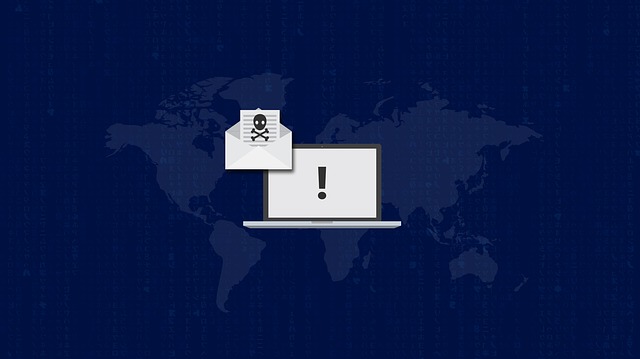Ransomware is one of the most dangerous types of cybercrime today. Ransomware is infuriatingly in-your-face, in contrast to many stealth-based techniques to gain from system penetration. In a ransomware attack, part or all of your system data is encrypted and rendered unusable until you pay the attacker a ransom, which is commonly paid in Bitcoin due to its anonymity.
Ransomware has been discovered in the wild on both computers and mobile devices, and the number of incidents is increasing.
However, a new variant has emerged recently: copied fake ransomware. These assaults imitate normal ransomware warning messages, informing you that your data have been encrypted and beginning a countdown to destruction.
Meanwhile, nothing appears to be happening. It's only a low-effort ruse to defraud you of a small sum of money. So keep an eye out!
1. Analyze your network's activity
This is where network trackers and profiles come in helpful. Real ransomware is nearly usually accompanied by visible attack vectors or unusual or suspicious-looking sites attempting to gain access to your network. If there's nothing unusual in the network records at the time the warning appeared, it's probably a hoax.
2. Is there a name for the product and/or a contact address?
One of the most bizarre features of ransomware is that the perpetrators pretend to be businesses, with websites, branding, and "customer" assistance. Really!
It's not true of every ransomware operator, but the biggest and most well-known usually publish their group names and provide an email address where you can get help setting up Bitcoin, making payments, and so on; some even bargain! It's usually a dead giveaway that it's not actual ransomware if there's no further contact information except a Bitcoin wallet number.
3. Demands that are too low
The amount of money sought by ransomware varies greatly, although the average (according to several sources) is between $1000 and $1500. One of the reasons that ransomware works are that the amount required is usually always much less than the cost of manually fixing the harm.
If the amount requested is really modest, such as $150 or less, it's almost probably a forgery. They're hoping you won't think twice about paying such a modest fee.
4. Look for files that have been edited
The majority of crypto-attack programs change the filenames of the files they target, sometimes adding additional extensions. Look through your own file system or utilize a USB to get into the file directories, depending on how locked off you are. Another red flag is a lack of obvious changes.
5. Silly errors
Moreover, most
ransomware teams are semi-professional and spend time editing their work. They always use darknet email addresses or social contacts that are well-protected as well. It's most likely bogus if your ransomware message has a lot of mistakes and comes from a mainstream email provider like Gmail.
What can you do to stop being a ransomware witness?
- The best method to secure your devices is to prevent them from being infected with ransomware in the first place. You'll make yourself a much more difficult target for cybercriminals if you practice good internet habits and use a trustworthy ransomware prevention programme.
- Keeping your operating system and apps up to date as soon as new versions are published will close security gaps and prevent hackers from utilizing exploits to spread ransomware.
- Regularly back up your data. Ransomware's power comes from the fact that it prevents users from accessing crucial files. You'll never have to pay a ransom if you have the files safely backed up elsewhere.
- Back up your system and files on a regular basis – both cloud services and hard storage are viable solutions and you should utilize both if possible. Set an automated backup schedule if your device allows you to.
Protect your valuable data against ransomware
Accidentally downloading malware takes only one click. It's too late to fight back once you've been infected unless you've already installed a powerful anti-ransomware tool.
